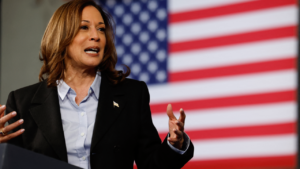Sorry, we’re closed: The inside story of COVID-crushed small businesses and their comeback hopes
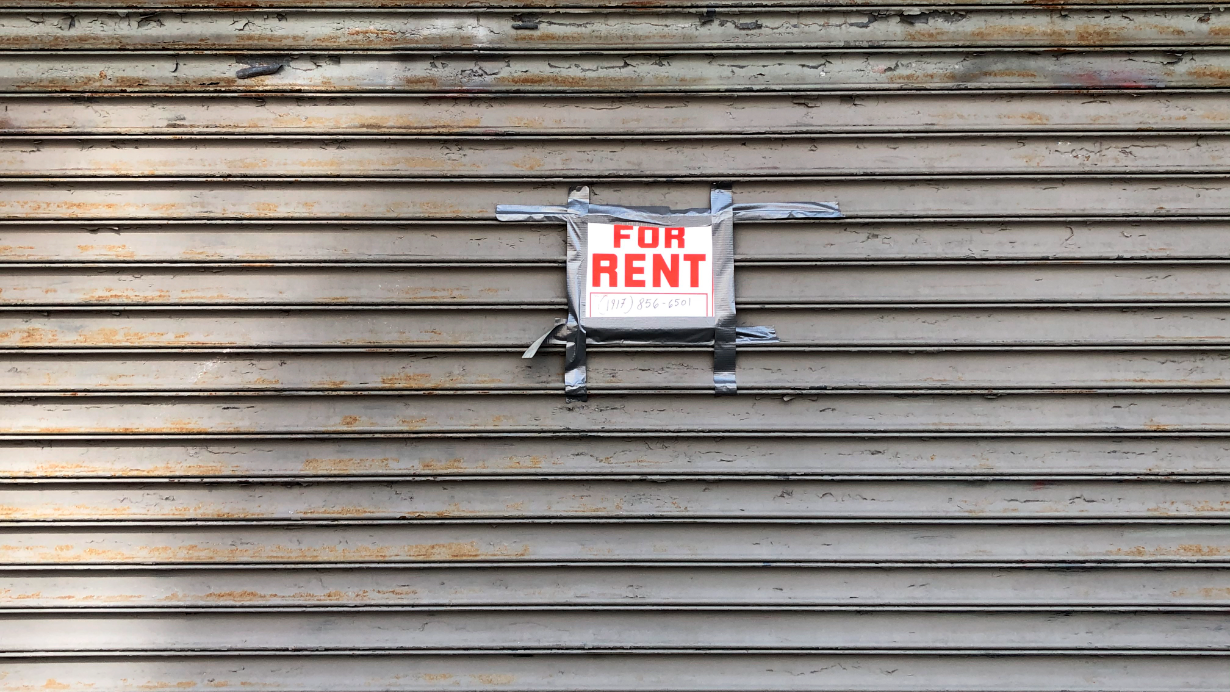
It’s the silence that unraveled the worst downturn in generations, economists say. Businesses coast-to-coast heard it before any state had declared an official lockdown, before some regions had even seen a single case of COVID-19 in early 2020.
While a novel virus swept the nation and storefronts, retailers, bars, gyms, offices, concert venues, restaurants and more sat empty, they were deprived of their main fuel: consumption. And that silence was more than just a cog in the spending-driven economy’s machine. It was a poison. One August 2020 report from Yelp found that nearly 100,000 businesses didn’t make it through the pandemic, with some 3 out of every 5 firms closed during April’s lockdowns permanently shuttered. About a quarter of all jobs lost to the crisis are still waiting to be recovered.
Sixteen or so months later, and that silence feels drowned out by a roaring economic boom following the impact of COVID-19. Demand for things like concert tickets, sporting event admissions, hotel prices, rental cars and airfares are so strong that prices have soared. Consumers are sitting on a pile of cash worth more than a trillion dollars thanks to stimulus checks, unemployment benefits and a year’s worth of lockdown-induced savings, and they’re willing to go big.
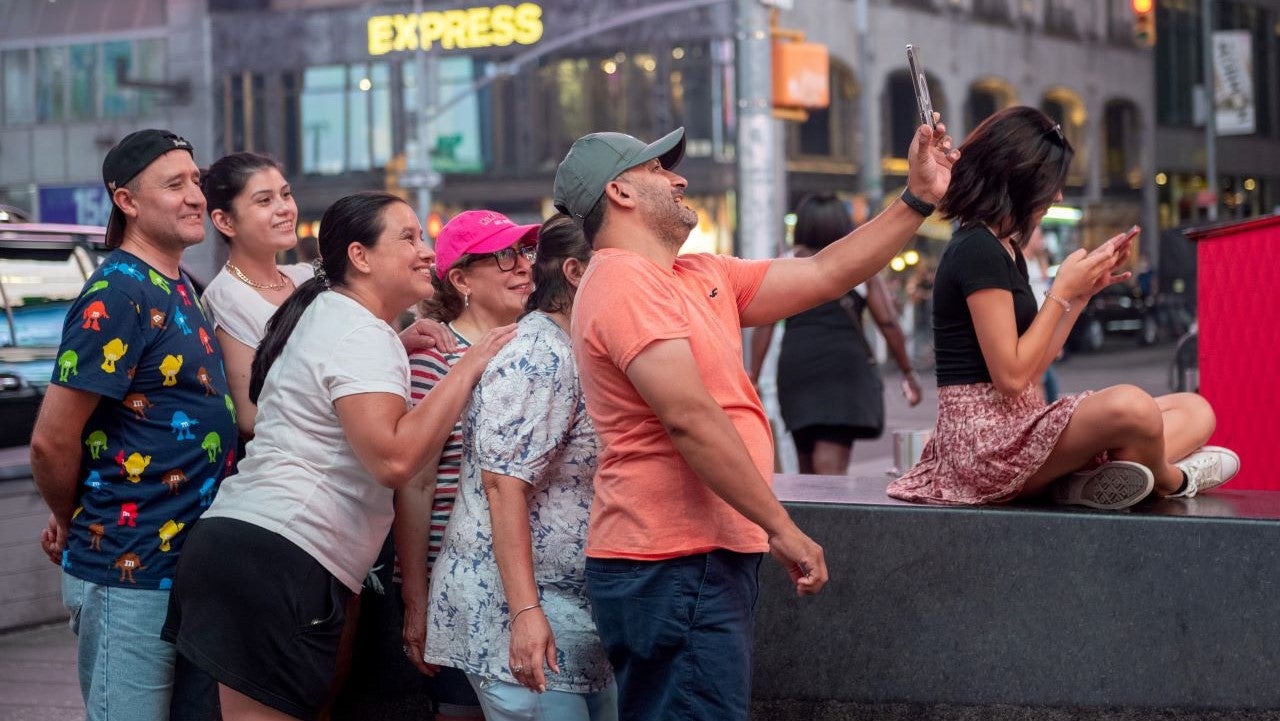
Their experiences illustrate every facet for which the coronavirus crisis will come to be known: a story of the rich getting richer and the poor getting poorer, a lesson of businesses too big to fail with others too small to save and a tale of those who were nimble enough to make it and those who were lucky enough to thrive.
It took a lot of time to get everything organized, but it seemed like it only took 15 minutes to tear everything down.
— Heather Thomas, former owner of Your CBD Store in Mattoon, Illinois
The months that lie ahead will be just as significant as the times that preceded them. While there are signs that normal life is returning, the path forward is fraught with unknowns. Variants of the virus — including the rapidly spreading Delta strain — are proving hard to arrest. Governments are putting service workers in charge of enforcing vaccine requirements, shifting workforce dynamics are keeping potential employees on the sidelines and rising hospitalizations could renew the very lockdowns that were toxic to small businesses. They prove that the only thing harder than shutting down the world’s largest economy is bringing it all back to life.
Bankrate spent more than a year documenting the experiences of small businesses across the country during the coronavirus pandemic. This story is a look back at what happened during the crisis, the economic devastation it created at a local and national level, and what comes next for those firms as they try to recover in a vaccinated America.
Table of contents:
- COVID-19 lockdowns start and aid flows in — but some aren’t so lucky
- Mid-sized firms fall through the cracks as COVID ravages the economy
- Battered businesses get creative to survive
- Vaccines and the “return to normal”: What comes next might be even harder
COVID-19 lockdowns start, and aid flows in — but some aren’t so lucky
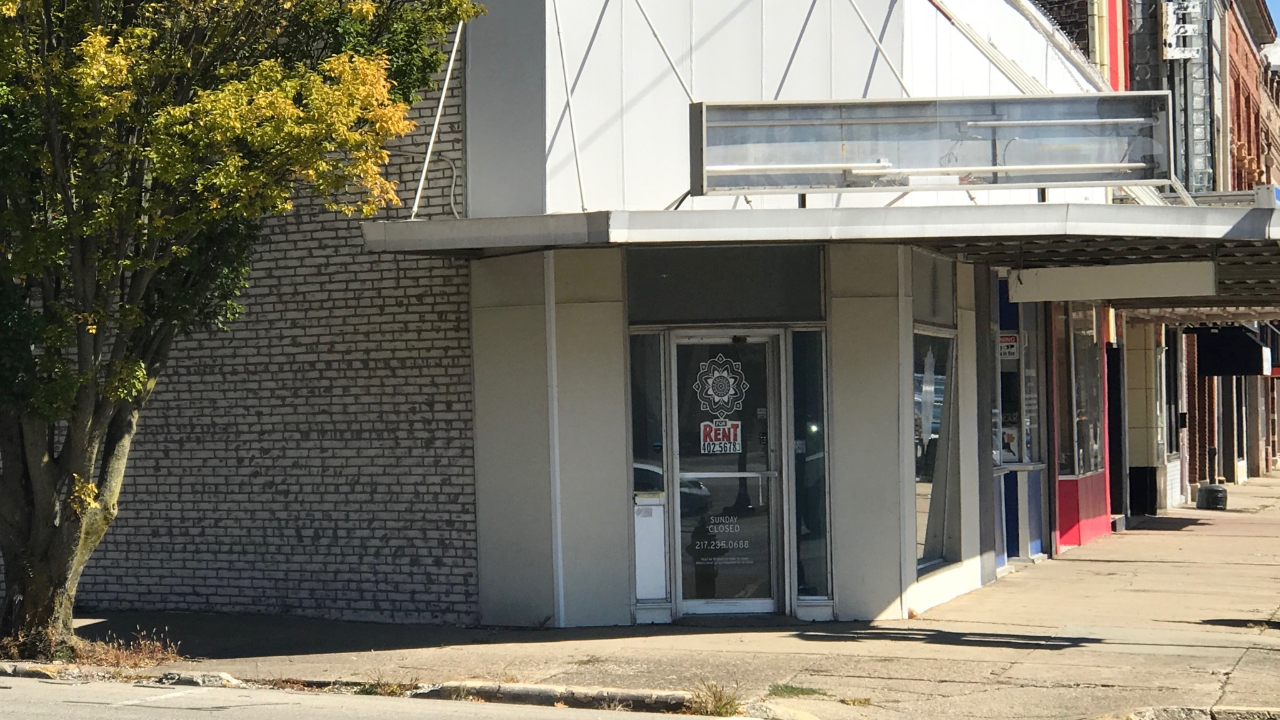
She was finally able to hire one part-time worker and earned anywhere between $3,000 to $4,000 a week thanks to foot traffic, her storefront located at the heart of the city’s downtown. She took out a start-up loan of $25,000, handled all the licensing and insurance by herself, signed a three-year lease for around $2,000 a month and built the shelving in her shop’s interior by hand, steps she said took almost four months to complete. She took no days off and worked between 12 and 14 hours at a time since the previous October.
“I could feel myself shining,” she said. “It was everything I ever wanted.”
Right around the time when Thomas and a team of local advertising agents were mulling over plans on how to get the word out about her newly opened storefront, she started to notice chatter on Facebook about a novel virus outbreak in Washington state.
The news spread like wildfire, reverberating beyond urban hubs and into places normally sheltered from national economic stories, where downturns usually hit without warning and residents don’t keep up with what’s terrorizing Wall Street. Places like Mattoon.
Her usual amount of four customers at any given time had started to dissipate, until one day, no one showed up. Her revenue evaporated, sinking to around $1,000 in the week before Illinois Gov. J.B. Pritzker had declared an official lockdown.
“My sales were good the week before, then all of a sudden, it was like crickets,” she said. “People were getting scared at that point because no one knew what was going to happen. It was spreading fast.
“It is what it is, I can’t blame them for that, and I can’t go back and change it,” she added. “But if I could read the future, I wouldn’t have opened the store at the time that I did.”
Thomas’ story will be what historians first remember the coronavirus outbreak for — at least when it comes to tracking the initial economic shockwaves of a global pandemic. Nationwide lockdowns and a deadly, contagious virus seemed like they were taken straight from a Hollywood disaster story; no business owner had ever thought to prepare for that scenario and its gut punch to revenue.
When the pandemic swept the nation and short-circuited the gears of modern commerce, Congress jumped uncharacteristically fast into action, igniting a public spending surge to jolt the economy back to life and bridge the nation’s innocent economic actors (its consumers and small businesses like Thomas’ store) through the sharpest slump in a lifetime.
On March 27, 2020, President Donald Trump signed the $2.1 trillion CARES Act into law. And it wouldn’t be the last: As of June 2021, Congress has funneled nearly $6 trillion in new COVID-19 relief spending, larger than the size of Japan’s total annual economic output in 2019 and far dwarfing the $1.8 trillion 2008 financial crisis-era programs enacted between 2008 and 2012.
For the nation’s small businesses, Congress tossed a life preserver through the Paycheck Protection Program (PPP), a forgivable loan program for firms with fewer than 500 employees so long as they recovered let-go workers or maintained payrolls. The government awarded 11.8 million total PPP loans worth roughly $799.83 billion before closing the program to new borrowers on May 31, according to Small Business Administration (SBA) data.
But that program didn’t come to Thomas’ rescue. Her firm had officially opened for business on Feb. 17, 2020 — two days after the SBA’s Feb. 15 cutoff.
“It’s an absolute financial nightmare for me. It just sunk me,” Thomas said. “I was stuck. There was absolutely no help available to me.”
Having just 32 days as a small business owner by the time Gov. Pritzker shut down the state on March 21, 2020, Thomas’ shop didn’t qualify for any other SBA loans. She didn’t see the point in taking out another loan to stay afloat. Closing up the shop seemed like her only choice. She didn’t bother declaring bankruptcy. “I didn’t have a lawyer or an accountant on speed dial,” she said. Instead, she took everything off the shelves, put the keys to the property in a lockbox and walked away. She hasn’t been back to the storefront since.
“It took a lot of time to get everything organized, but it seemed like it only took 15 minutes to tear everything down,” Thomas said. “I thought to myself, ‘I’m tearing my dream apart right now.’”
Mid-sized firms fall through the cracks as COVID ravages the economy
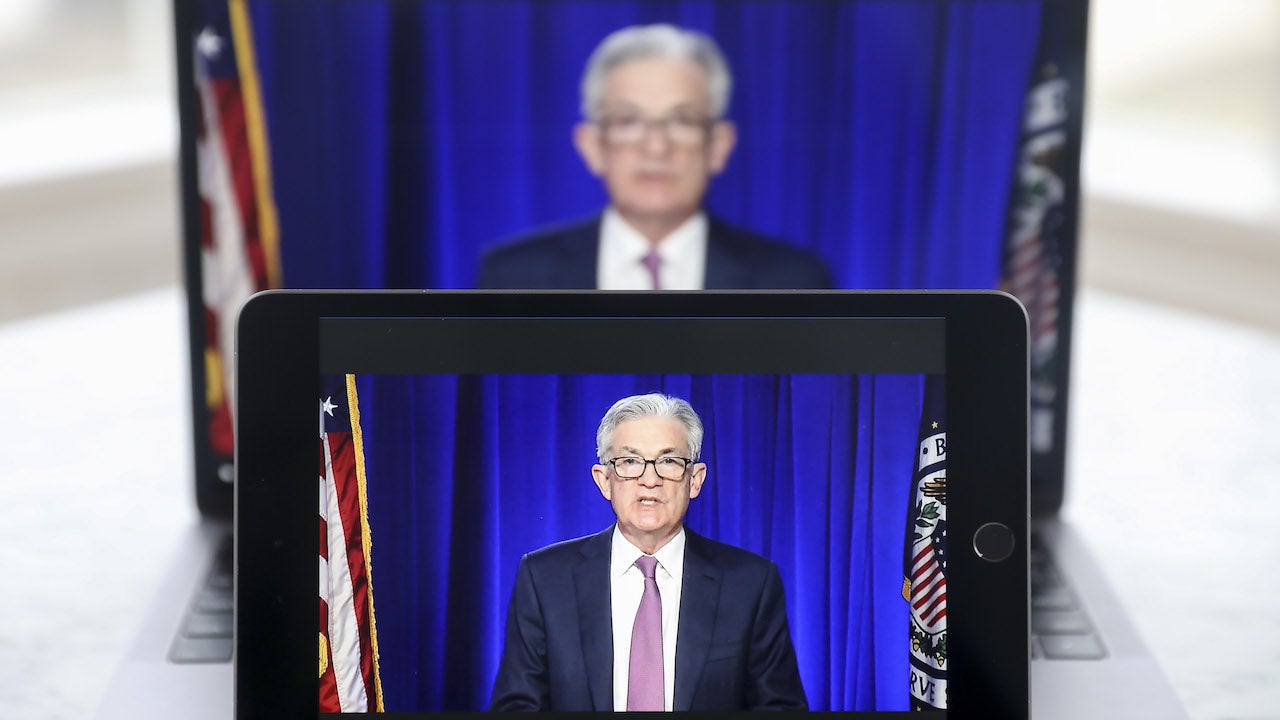
Fed Chair Jerome Powell’s Feb. 28, 2020 — a Friday — would start like most others: a breakfast with then-Treasury Secretary Steven Mnuchin. Hours later, Powell would signal to markets in a rare statement that record market volatility had caught the Fed’s attention, as the S&P 500 that day showcased its worst week since 2008 and the Dow Jones Industrial Average fell more than 4,000 points from its Feb. 14 high.
Five days later came a half point emergency cut to the Fed’s benchmark interest rate. And in another 13 days, the Fed would fire the monetary bazooka: an emergency rate cut to zero, the largest single cut — and the fastest — in Fed history. Powell and Co. wouldn’t stop there.
In the weeks that followed, the Fed would bring emergency fire hoses to virtually all corners of the market, hoping to stave off a full-blown financial crisis. Working with the Treasury Department, officials revived the full catalog of emergency loan programs that they created in the aftermath of the 2008 financial crisis — and then added new special programs for purchasing corporate and municipal debt.
Finally came the dealbreaker: Congress put the Fed in charge of loaning funds to medium-sized businesses — those with more than 500 employees but fewer than 15,000 who were too big to qualify for the PPP but too small to issue bonds or stock — in an aptly named “Main Street Lending Program.”
The way the program is set up, banks work directly with the business, collecting an origination fee and then underwriting and processing five-year loans that can be anywhere between $100,000 and $300 million with a historically low interest rate. They then sell that loan back to the Fed, maintaining a mere 5 percent stake.
Payments for the first two years are waived, but loans are set up to be paid back on a tight schedule: 15 percent at the end of the third year, 15 percent at the end of the fourth year and then a balloon payment of 70 percent at maturity.
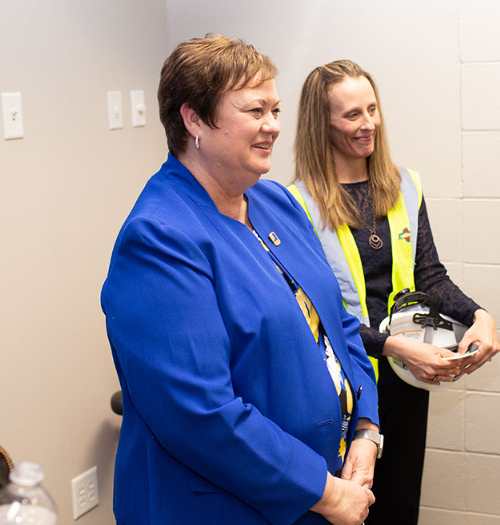
The program was supposed to make all the difference for firms like Pat Airy’s Goodwill of the Heartland, a chapter of the national consignment nonprofit with 17 locations across Illinois and Iowa and 650 employees before the pandemic began. Yet, she feared saddling her stores with debt during a prolonged revenue slump and being unable to pay back those loans.
“We’re not an organization that has huge profits. We’ve always been able to break even,” Airy said. “We’ve got to be careful about not setting ourselves up for failure in the long run. I worry there’s going to be more demand for our services than ever, and are we going to be able to afford to provide that need?”
Airy would end up falling within the cracks of all federal rescue programs for 378 days, starting when her stores closed on March 20, 2020, and lasting until April 2, 2021, when the SBA approved her chapter for a $4.5 million PPP loan. President Joe Biden’s $1.9 trillion American Rescue Plan ultimately ended up waiving the payroll limit for nonprofits so long as no singular physical location had more than 500 employees.
Even with the help, Airy said 2020 was the biggest challenge the firm had faced in her 34 years with the chapter. Goodwill of the Heartland, which brought in $37.9 million worth of revenue in 2019, was budgeting for $3.2 million in revenue for March 2020. In reality, it ended up earning only $1.9 million in the month.
Nearly two weeks before shutdowns came for all of the local chapter’s retail locations (three of which are in Illinois, the rest around Iowa City, Cedar Rapids and the Quad Cities), customers were so few and far between that Airy decided to reduce the stores’ hours to 11 a.m. to 6 p.m. from the normal 9 a.m. to 9 p.m. That was a big blow, with retail making up about 70 percent of Goodwill of the Heartland’s revenue.
By the time Goodwill of the Heartland closed its April books, sales slumped to $563,000. Airy had to temporarily lay off 93 percent of her staff members, cut paid time off, eliminate pay raises for the year and tap into the organization’s limited cash reserves. Donations, which make up a significant portion of the firm’s revenue, also dried up. During the height of the shutdowns, she canceled a critical fundraising banquet.
“We just weren’t getting shoppers, and it was costing more to keep the store open than the revenue we were generating,” she said.
Airy wasn’t alone in her hesitance to use the Fed’s Main Street loans. The Fed received thousands of public comments since its late April inception about making those funds forgivable, a key reason experts say the program never took off. The facilities, limited by the Fed’s lending powers and not spending powers, would end up loaning out just $16.3 billion of its $600 billion capacity by the time of its sunset on Dec. 31.
“We didn’t have any infrastructure set up to save small businesses before the pandemic, and certainly nothing on the scale needed for what we experienced in March. Our system for rescuing big business is just more efficient. We have a system that works really well with the Fed,” said Amanda Fischer, who was formerly policy director of the Washington Center for Equitable Growth and now works for the U.S. Securities and Exchange Commission, on Washington, D.C.’s small business rescue mission. “The fact that we don’t build that infrastructure up, when the tide goes out, we’re all appeared to be naked underneath the waves.”
That came as the country’s largest corporations were able to tap into credit markets and borrow money at some of the lowest rates ever, thanks to the Fed’s corporate credit facilities. Nonfinancial company debt in 2020 alone surged by the fastest rate since 2007 and reached a record $11.2 trillion, about half the size of the U.S. economy, according to the Fed. Some of them still laid off employees after tapping the pump.
“In a lot of cases, the Fed has become a lender of first resort,” said Karen Petrou, co-founder and managing partner of Federal Financial Analytics. “They were looking to stabilize markets that were showing signs of deep distress, but because the plans were so generous and so huge, it was socialism for corporations and capitalism for everybody else.”
Battered businesses get creative to survive
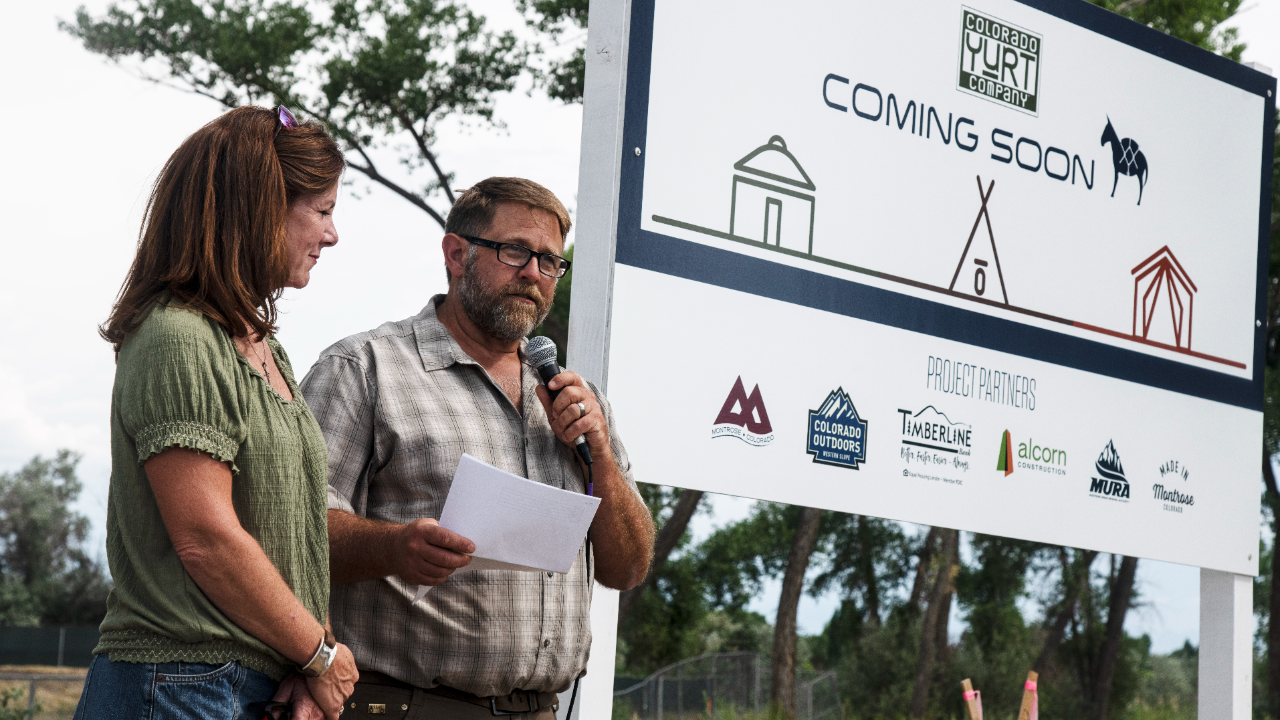
Businesses like the Colorado Yurt Company fit that picture. John Gibson acquired the outdoor manufacturing company in January 2020 and had been CEO for barely three months by the time the pandemic hit.
He remembers waking his wife in the middle of the night, drenched in sweat and in a fit of panic. “I think we’re bankrupt and I don’t know it,” he told her. A few minutes later, he jumped out of bed and got to work, brainstorming ideas of how to keep his new business afloat and his 37 employees on the books. He discovered that the vinyl his company used to produce its yurts (giant, circular tents) and windows are often also inputs for soft-surface face shields.
Days later, Gibson had bought all the vinyl he could get his hands on, developed a prototype for the shield and applied for essential business status in Montrose, the small western city in Colorado’s Uncompahgre Valley where the firm had set up shop. The night that the state shut down on March 26, the city had already approved Gibson’s request. The company never had to close, its employees turning around the next day to manufacture face shields.
“We were in the right place at the right time and willing to take some risks that other people wouldn’t,” Gibson said. “I told our team the day we got approved to continue working as an essential business that I won’t give up on them if they don’t give up on me.”
The months that followed weren’t easy for the Colorado Yurt Company. “We were not good at making face shields,” Gibson added. A $375,000 PPP loan helped prop up the business and keep everyone employed during a “couple horrible months of sales,” he said. Gibson and his team also had to make safety adjustments to the manufacturing floor to limit workers’ exposure, alternating shifts, separating teams and stringing up safety curtains to isolate workstations. If anyone had a sniffle, cough or sneeze, they’d be automatically sent home — and so would everyone else they were around.
“We couldn’t take the risk,” he said. “That social responsibility — I know it’s painful on our profitability — but the right thing to do is have these guys stay home.”
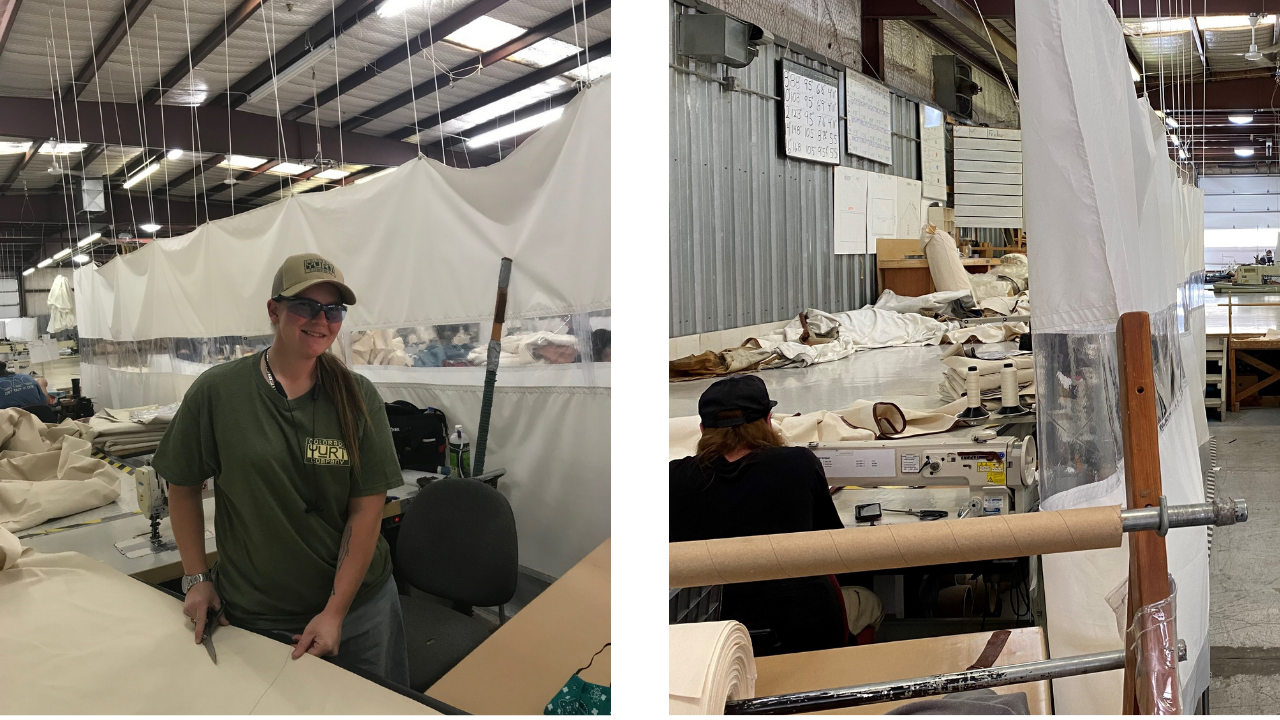
“It’s only limited by the fact that we can’t produce things fast enough,” Gibson said. “We’re constantly increasing our capacity, and we can’t keep up with the demand that’s coming at us.”
Suddenly, virus-related restrictions weren’t the firm’s most pressing challenges, as supply chain disruptions and sidelined workers limited the company’s growth potential. The firm technically only has four openings but would like to hire 1 out of every 7 people who apply. By Gibson’s projections, it’ll take two to three weeks to hit that number of applicants per position. The company in some cases has had to raise prices by 20 percent to accommodate surging lumber and steel costs.
The firm in April closed on a 30,000-square-foot facility that it hopes to occupy by March or April 2022, which Gibson said will help the company produce four to five times more than what it currently manufactures. Customers might also be able to rent a yurt or teepee for a night and stay by a nearby river trail, diversifying the company’s revenue, and the team hopes to open a village displaying the various yurts, teepees and tents it manufactures.
“I can’t tell you what my No. 1 selling product is going to be three years from now because I don’t think we make it yet,” Gibson said. “We kicked off an avalanche that we can’t stop. It’s in front of us, and we have a choice: We go with it, or we throttle it back. I’m not wired to throttle it back.”
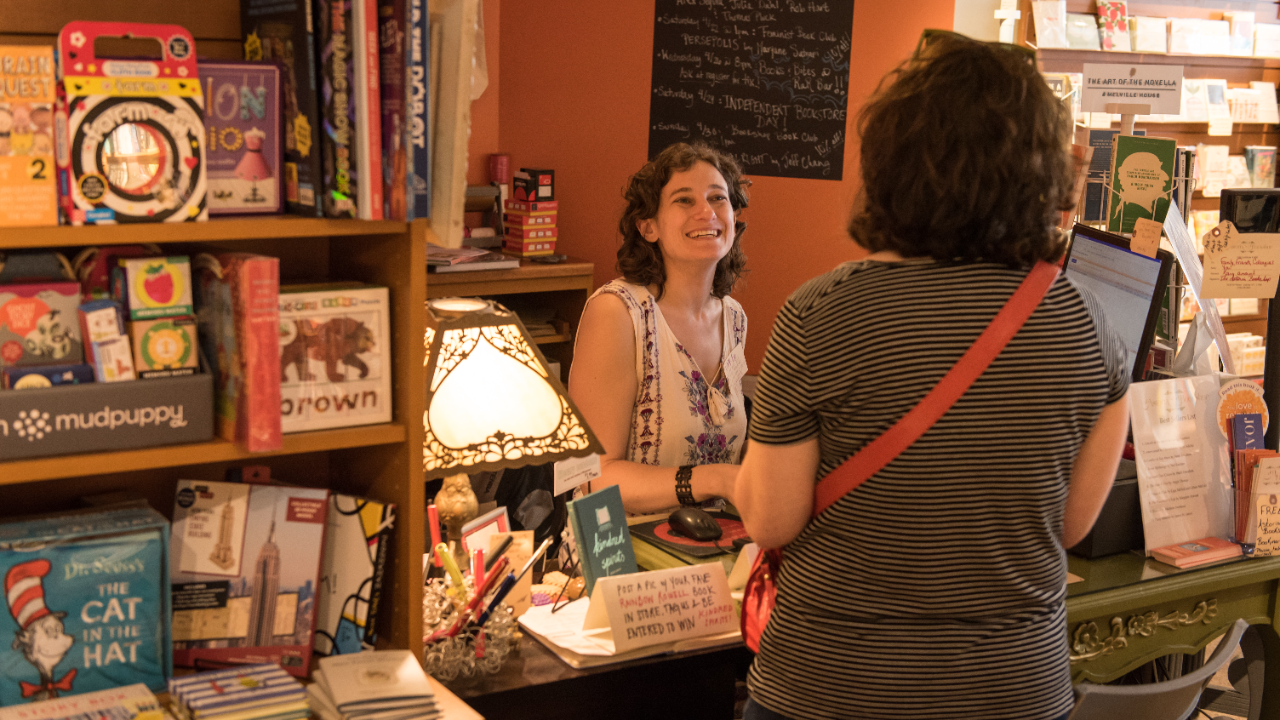
Beach’s bookshop has experimented with virtual events featuring internationally recognized local authors and public figures. One such example: In September 2020, an online gathering with former New York Mets captain David Wright attracted 250 people from all around the country, an event that never would’ve been possible had it been hosted at her 1,000-square-foot store. The shop also shipped some 2,000-3,000 books across the country to customers across 30 states and Puerto Rico throughout the year, Beach said. Before the pandemic, it would’ve been a busy month if the store shipped out 30 books.
“It’s been a learning experience, but a lot of it has been really positive, which is nice in the face of so much tragedy and horror,” Beach said.
Revenue has come from a broader stream of sources, thanks to grants, a $27,870 PPP loan, an all-online version of her bookshop and partnerships with nonprofits and an audiobook company. Community support also poured in at the start of the pandemic, with some patrons keeping the shop afloat by buying gift cards during its six-week shutdown.
The shop eventually started offering pickups by appointment when non-essential businesses could reopen. But even then, Beach has been wary about returning to normal too soon out of safety concerns. The team still doesn’t know when the shop will resume hosting in-person events.
“I can’t expect my staff to take risks that I wouldn’t take,” she said. “For me, it was about the safety and health of my team and my family above all else.”
Remnants of the tragedy surround Beach and her six-person staff. Framing her cash register are four to five shelves with hundreds of books, waiting to be picked up when they were ordered during the pandemic.
“I try not to think too hard about whether some of the books that have been ordered over the past year and have not been picked up, if maybe someone passed away,” she said. “I don’t know, and I don’t have any way of finding out. My odds are, yes, that’s happened. … All of Queens was hit so badly by COVID.”
At the worst of the pandemic, Beach couldn’t keep her mind still enough to read, a noteworthy admission for someone who admits that she can’t ride a New York City subway without having a book on hand.
“It was just the heightened anxiety of what is happening to my city and the country, and what’s going to happen with my business that I’ve put seven years of my life into,” Beach said. “What do I need to do to keep my staff safe and my wife safe and myself safe?”
Vaccines and the “return to normal”: What comes next might be even harder
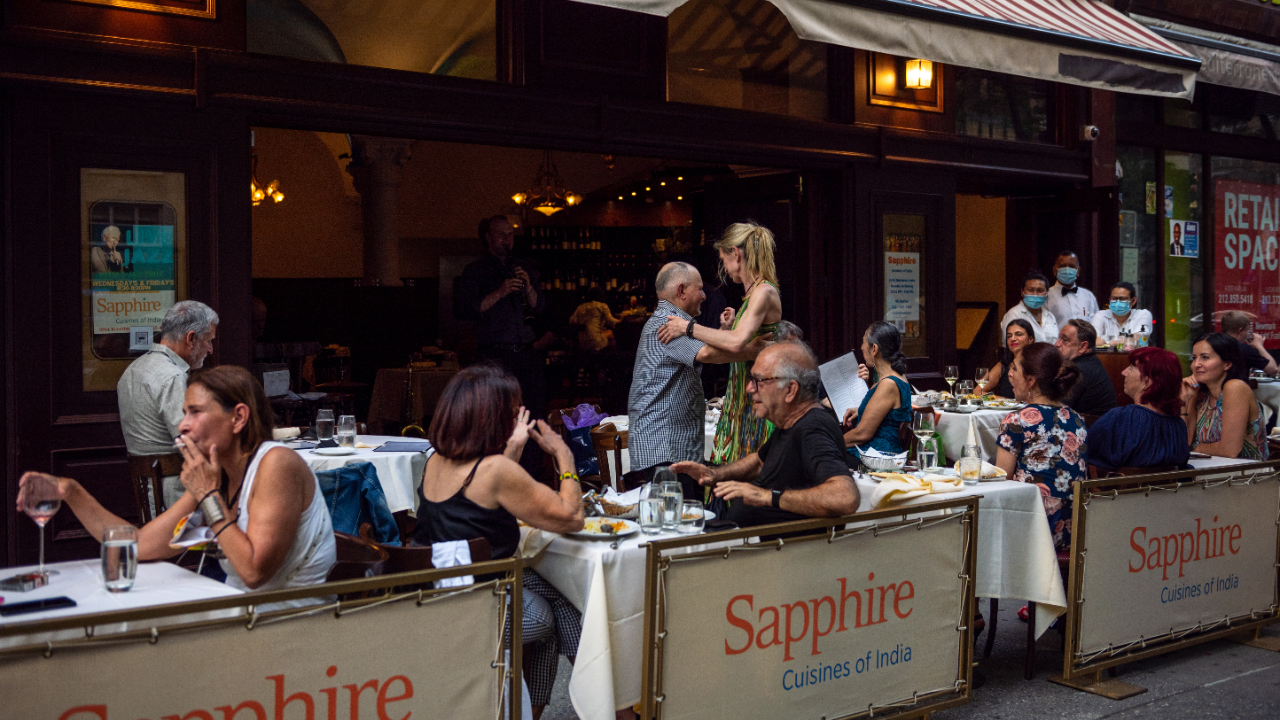
Businesses are on the hunt to restaff, too, with employers in July showing roughly 10.1 million job openings, outnumbering the 8.7 million unemployed individuals, according to the latest data from the Department of Labor.
That’s offering glimmers of hope that the recovery might pick up speed. But bottlenecks, supply chain disruptions and labor shortages at a time of unprecedented consumer demand are all illustrating that turning the U.S. economy back on isn’t necessarily like flipping a light switch. Not to mention, the ongoing Delta variant threat risks reversing any progress.
The businesses that endured the biggest disruptions are now having the most trouble getting workers back on the job. Restaurants, retailers and more have been echoing complaints about labor shortages for months, and tepid monthly job gains in the Department of Labor’s April and May employment reports added fire to that flame. Policymakers like to point to continued apprehension about catching the virus and child care disruptions as keeping workers on the sidelines. Republican lawmakers cite enhanced unemployment benefits as deterring out-of-work individuals from seeking new positions.
Some 3.1 million individuals look to have completely dropped out of the labor force since the start of the pandemic, according to the Department of Labor. How much of that is permanent can only be realized with time. Some individuals might have retired during the recession; other households might’ve realized they can get by with fewer hours or workers in the family.
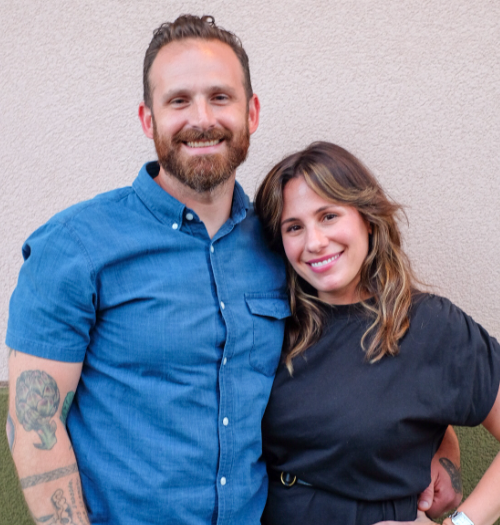
Michael Pasquarello, a restaurateur in the Philadelphia area, won’t have time to wait for economists to figure that out if he wants to expand his business after the pandemic.
Pasquarello and his wife, Jeniphur, own and operate five restaurants in the region and have hopes of adding two more.
The hunt for workers, however, is slamming the brakes on those plans. La Chinesca, the couple’s most recent culinary endeavor, needs 38 front-of-house employees.
Yet, after four months of active hiring and recruiting, the restaurant has only filled 18 spots, and a June job fair only rendered three visitors. Pasquarello had to cap the eatery’s operating hours to five days a week instead of seven to save his current employees from working double shifts.
Another restaurant he owns, Prohibition Taproom, closes at 11 p.m. on the weekends and 9 p.m. on weeknights, after being open until 1 a.m. before the pandemic. Pasquarello estimates that roughly 40-50 positions need to be filled across the company.
“We just can’t find the people,” he said. “They don’t exist. A lot of people left our industry. It’s very taxing.
“The government helped us, thank you, but now there’s a massive labor crisis,” he added. “It’s echoing all over the place.”
Raising wages to recruit more talent isn’t simple for Pasquarello, either, who is also contending with higher ingredient costs and new loans that he took out to make it through the pandemic. He estimates that prices for some ingredients have soared about 25-30 percent, while others have doubled.
He’s tried to avoid passing along higher costs to customers by getting creative with ingredients, or — in more extreme cases — doing away with items altogether. Other times, however, hiking prices is his only option. In some cases, he’s lifted them 10-15 percent across locations.
“The only way you’ll get people to fill roles is if you pay them way more than you were in the past, but your debt is now higher, not to mention you lost a year from the pandemic,” he said. “It’s like this roundabout; you can’t get out of it. I need to not only have my sales be where they were before; I need them to supersede them because now I have debt.”
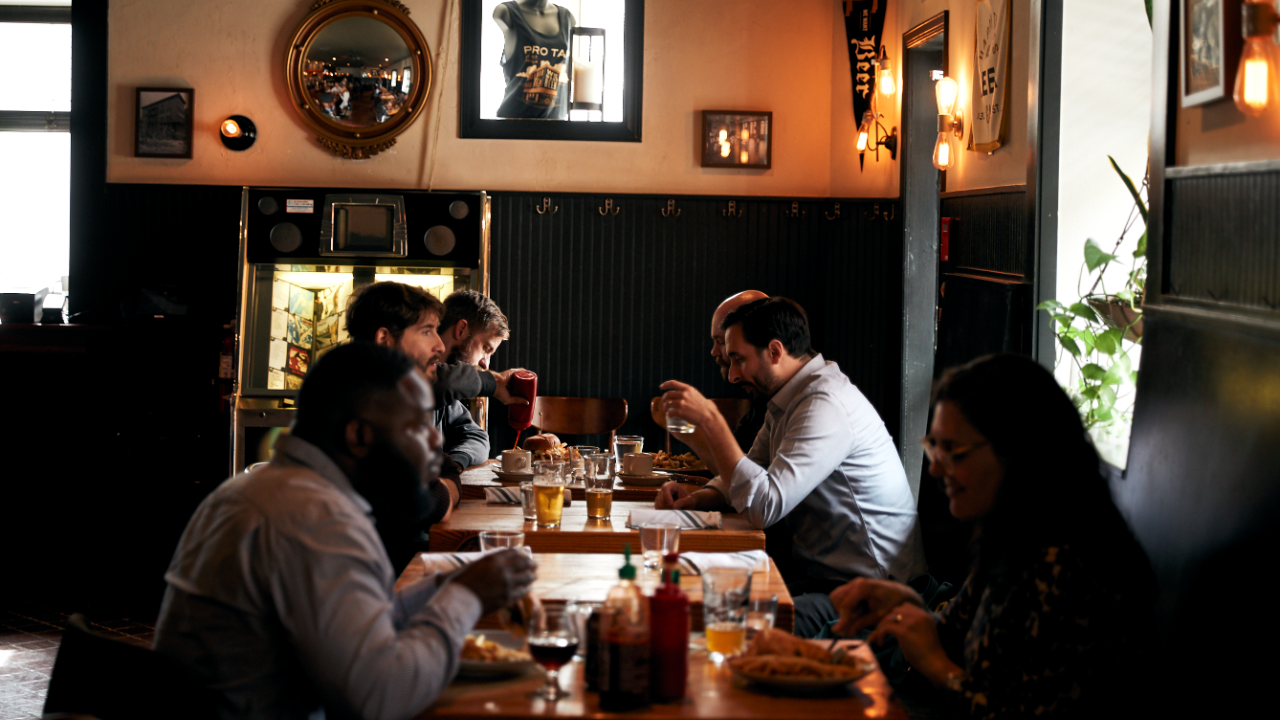
While most of Wall Street and the Fed itself expect higher inflation to be temporary, Pasquarello said many restaurateurs have been waiting for the moment to charge more, the industry itself long dealing with slim profit margins that have weighed on worker pay.
“I don’t know the average restaurant owner that would put a burger on the menu for $10 when it used to be $8 and then put it back at $8,” he said. “Eventually the drop in what it costs to source those ingredients maybe can translate into a bigger bottom line for employees to be paid. … It’s a different world. People will be paying more for food. The labor is more costly, and the food is more expensive.”
Economists are just now starting to notice the irrevocable economic changes emerging from the pandemic. How short-lived these disruptions will be is the ultimate question. For now, they’re just another set of unknowns, on par with the silence, the shutdowns and the uncertainty of the pandemic in 2020 and beyond.
As for Pasquarello, he suspects that what lies ahead will be even harder.
“Last year, it took years off my life,” he said. “As the help came through and as we started to figure out how to open up or become take-out driven, we were strong again. Now we’re in this realm where we can’t activate our spaces the way they’re set up to be activated. That feels like a bigger challenge personally because there’s no real help right now. There’s no help for this problem.”





